A great many people don’t know how to unlock BitLocker without password and recovery key. If you are one of them, this post of MiniTool is worth reading. It provides several ways for the BitLocker recovery key bypass operation.
BitLocker recovery key is very important when you need it to unlock the BitLocker-protected drive. It is automatically generated from the process of encrypting the specific drive using the BitLocker encryption technology. This key can be stored in different places including your Microsoft account, USB flash drive, a TXT file, or paper document.
However, many people are stuck on the BitLocker recovery screen asking for the recovery key on Startup. Sometimes, the BitLocker recovery screen persists even if they enter the correct recovery key multiple times.
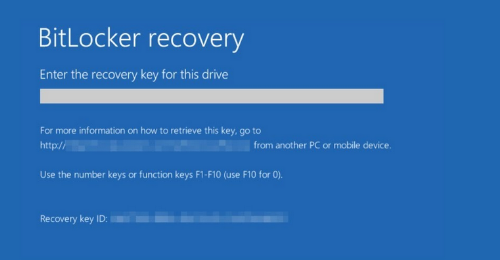
It is so frustrating that you can boot into your system but can’t bypass BitLocker recovery key, like the user from the community.spiceworks.com
Hi all. Is there another way to bypass BitLocker I wasn’t using my computer for more than 2 years and now it’s telling me to input the BitLocker key when I turn it on? I entered the correct BitLocker recovery key multiple times, and am still unable to continue past the initial recovery screen. If you guys have any tools or notions, please share them with me. Thank you.https://community.spiceworks.com/topic/2343015-how-to-remove-or-bypass-bitlocker-without-recovery-key
Can BitLocker Be Bypassed
Can BitLocker be bypassed? The answer is “Yes”. Usually, the BitLocker drive encryption doesn’t ask for the recovery key on a normal startup. However, the Windows system may ask for BitLocker recovery key in some cases, such as motherboard hardware changes, a system crash, or if your program believes the data is under attack. So, it’s possible to bypass BitLocker recovery key.
How to Bypass BitLocker Recover Key on Startup
How to unlock BitLocker without password and recovery key? After analyzing extensive user reports and posts, we summarize the following several methods that may help you bypass the BitLocker recovery screen. Let’s try.
# 1. Find the BitLocker Recovery Key
Of course, the first thing you should do is to try resuming the BitLocker recovery key. When creating a BitLocker encrypted drive, you can save the recovery key to your Microsoft account, USB flash drive, a paper document, and a TXT file. So, try your best to find the key from these places.
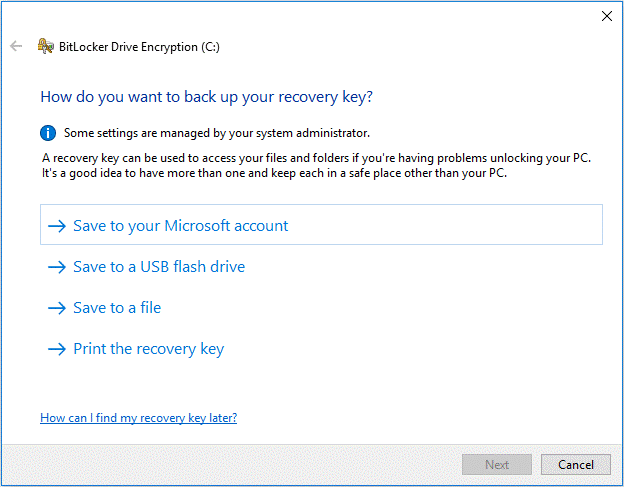
If you still can’t find the BitLocker recovery key, move down to the following fixes.
# 2. Get out of the BitLocker Recovery Screen
If you still can’t bypass the BitLocker recovery screen even after entering the correct key, you can follow the steps below to break out of the recovery loop.
Step 1. On the initial BitLocker recovery screen, don’t enter the recovery key instead, press Esc for more recovery options and select Skip this drive at the right bottom of the corner.
Step 2. Select Troubleshoot > Advanced options > Command Prompt in order.
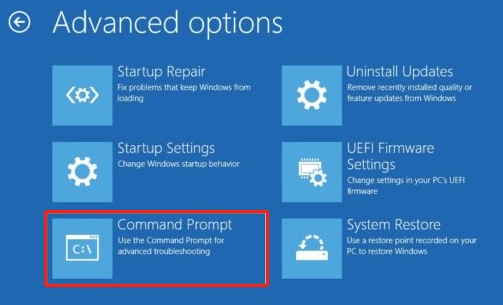
Step 3. In the WinRE Command Prompt window, type the following command and hit Enter to manually unlock the BitLocker drive.
manage-bde -unlock C: -rp <recovery password>
Step 4. Run the following command to suspend your operating system drive protection. After that, you can exit the Command Prompt window and continue to boot into your PC.
manage-bde -protectors -disable C:
Step 5. If you don’t want to encounter the BitLocker recovery screen on startup again, you can suspend it. To do so, open the Control Panel and select BitLocker Drive Encryption. Then click on Suspend protection next to your C drive or click Turn off BitLocker to disable the feature.
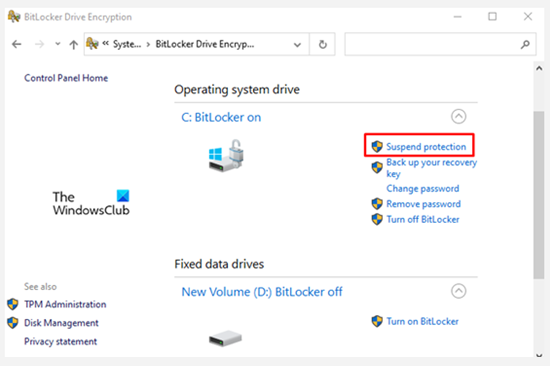
–image from windows club
Step 6. Click on Yes to confirm this operation. Wait for several minutes, and click on Resume protection option to update BitLocker TPM > Change password to reset the invalid BitLocker password. After that, restart the computer and see if you can get the BitLocker recovery key bypassed.
# 3. Enable or Disable the Secure Boot
Some users reported that they managed to bypass BitLocker recovery by enabling or disabling the Secure Boot option. Let’s try.
Step 1. Follow Step 1 to Step 2 in # 2 to open the Advanced options screen and select UEFI Firmware Settings > Restart.
Step 2. Your computer should be restarted to UEFI, go to the Security category.
Step 3. Set the Secure Boot to Enabled or Disabled and press F10 to save the change.
This procedure may vary from different motherboards. If you can’t find the secure boot option, search for the manual tutorial according to the manufacturer of your motherboard.
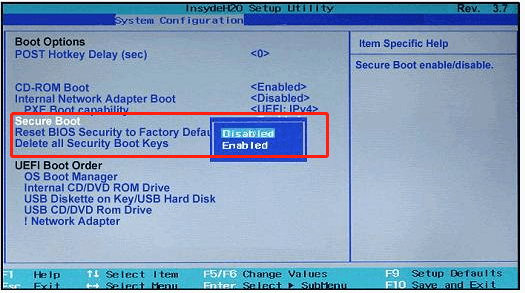
Step 4. Exit the BIOS and restart your PC to see if you can bypass BitLocker smoothly.
# 4. Update Your BIOS
Sometimes an outdated BIOS version can trigger various issues like the BitLocker recovery key bypass issue. If you haven’t the latest BIOS version installed, you can read this post to update it. Also, you can check your motherboard’s manual to update BIOS.
# 5. Switch to the Legacy Boot
As it’s well known, Windows 10 uses a fully new graphical boot menu, and sometimes it can trigger the BitLocker bypass problem too. In this case, you can try switching to the legacy boot menu.
If you can’t boot into the computer normally, follow Step 1 to Step 2 in # 2 to open the Advanced options screen and select Command Prompt.
Step 1. Type cmd in the Search box, and then right-click the Command Prompt app and select Run as administrator. Click on Yes when you’re prompted with the User Account Control window.
Step 2. In the elevated Command Prompt window, type the following command and hit Enter.
“bcdedit /set {default} bootmenupolicy legacy”
Once done, restart your computer and check if you can bypass BitLocker recovery successfully.
# 6. Uninstall the Newly Installed Hardware
As discussed above, some hardware changes can trigger the BitLocker screen bypass failed issue too. If you currently installed some new hardware, disconnect them from your computer when booting.
Alternatively, you can revert your system to an earlier date where the BitLocker recovery screen works properly. Here’s how:
Step 1. Follow Step 1 to Step 2 in # 2 to open the Advanced options screen and select System Restore.
Step 2. The system restores window will pop up immediately, select the Recommended option click Next to continue. If the recommended one is not the system restore point where your computer works fine, select the Choose a different restore point option and select the proper one.
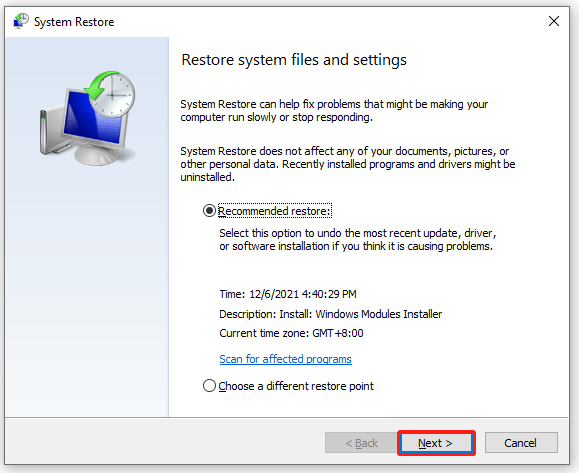
Step 3. Then confirm your restore point by clicking the Finish button. Wait for the process to complete and restart your PC to see if the issue gets solved.
# 7. Clean Install Your OS
If none of the above methods help you bypass BitLocker screen, you may have to consider formatting the C drive and reinstalling OS. There are 2 options to help you clean reinstall OS. The first is to use Command Prompt, while another effective way is to use MiniTool Partition Wizard.
Format C Drive with CMD:
Step 1. Follow Step 1 to Step 2 in # 2 to open the Advanced options screen and select Command Prompt.
Step 2. In the elevated Command Prompt window, type the following commands in order and hit Enter after each one.
- diskpart
- list disk
- select disk * (replace * with the disk number that contains the BitLocker drive)
- list partition
- select partition * (replace * with the drive number of your OS drive)
- format fs=ntfs quick
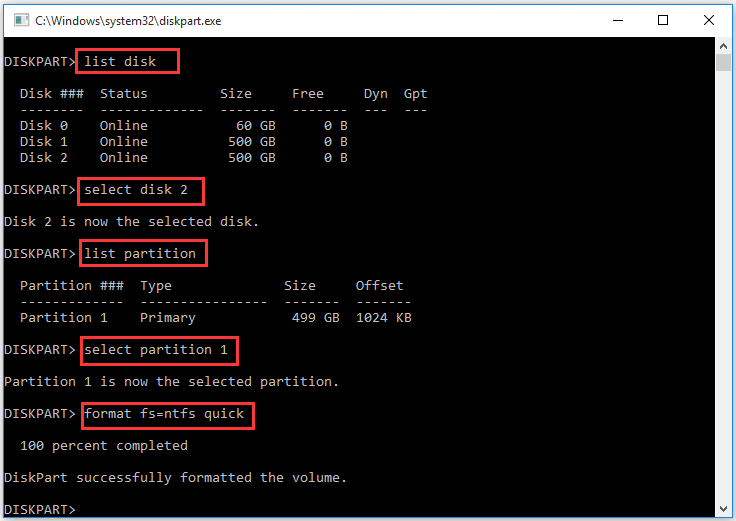
Step 3. Now, you can read this post to reinstall Windows from a USB drive or CD/DVD.
Sometimes, however, the formatting process is not always smooth with CMD. You may encounter some errors like “Windows was unable to complete the format”, “the format did not complete successfully”, etc. Under these circumstances, MiniTool Partition Wizard is a good choice.
Format C Drive with MiniTool Partition Wizard:
MiniTool Partition Wizard DemoClick to Download100%Clean & Safe
Step 1. Use the bootable MiniTool Partition Wizard drive to start your computable as we explain above.
Step 2. In the main interface, select the OS drive that you need to format and click on Format Partition from the left panel. Then you will receive a warning message, click on Yes if you have backed up all important data and confirm this.
Step 3. Click on Apply to execute the operation. Once done, you can reinstall OS.
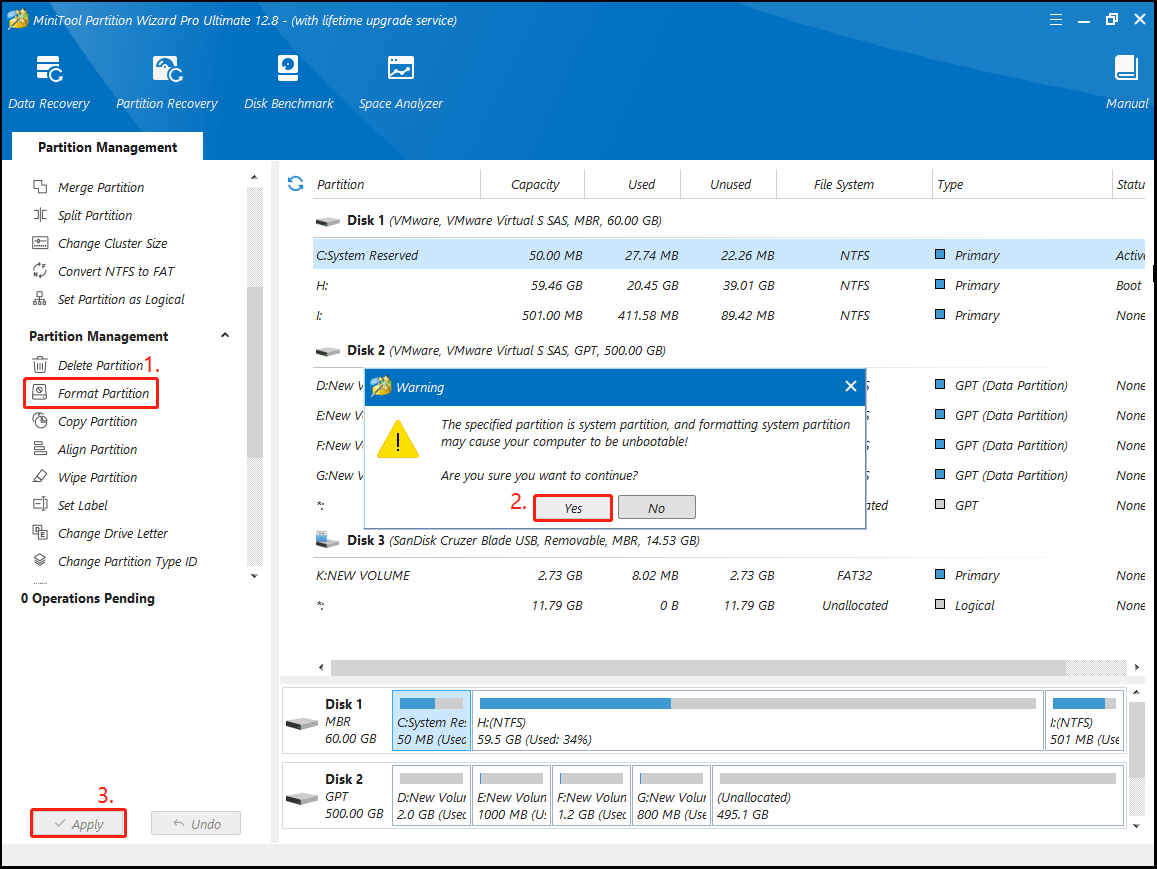
Bottom Line
Can BitLocker be bypassed? How to bypass BitLocker recovery screen? After reading all the above information, I believe that you already have known the answers. If you have any other opinions on this topic, please share us in the comment area. Of course, you can send us an email via [email protected] when you have difficulty using the MiniTool software.

![BitLocker Recovery Key Not Working on Windows 10/11? [Full Fix]](https://images.minitool.com/partitionwizard.com/images/uploads/2023/06/bitlocker-recovery-key-not-working-thumbnail.jpg)
![How to Fix BitLocker Fatal Error on Windows 10/11? [5 Ways]](https://images.minitool.com/partitionwizard.com/images/uploads/2023/06/bitlocker-fatal-error-thumbnail.jpg)
User Comments :